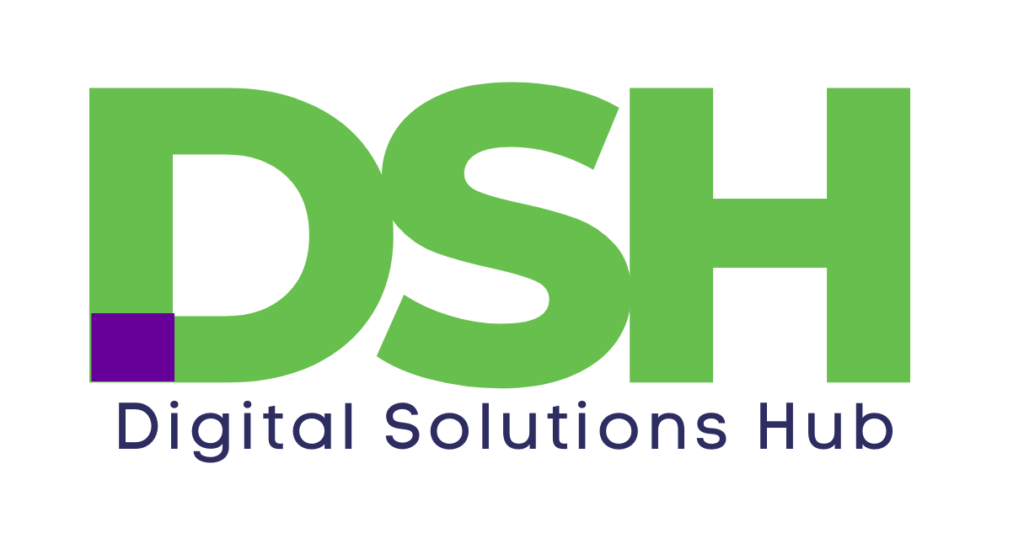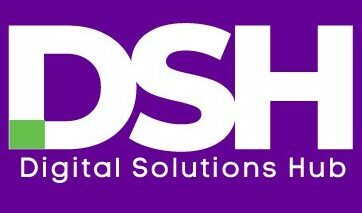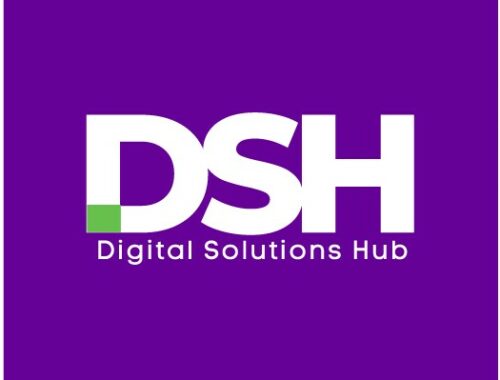
DSH Article Series

INSIDE
Why do we need DSH?
How can the DSH benefit you?
What is DSH?
A £7million innovative data hub and programme that brings 40+ petabytes of environmental data to a wide range of users
Who is building DSH?
The University of Manchester is leading DSH on behalf of UKRI’s Natural Environment Research Council (NERC), with contributions from leading partners across the UK (more here)
This Blog Series
Follow this series to find out more about next generation data management at DSH, and how it can benefit your role, your team and your organisation!
Get Involved in our upcoming Events
Attend our user workshops across the country in Nov/Dec 2022.
Register here
Download a printable
version here
Introducing Digital Solutions Hub:
Not Another Data Platform
This blogpost is part of a series that focuses on illustrating the vast range of possibilities envisioned and designed within Digital Solutions Hub (DSH).
Digital Solutions Hub (DSH) is an innovative one-stop-shop that builds on the power of NERC’s treasure-trove of environmental data, combined with data from other sources across the UK. This is to provide efficient use of environmental (and socioeconomic) data through innovative toolkits and interoperable data management to support more informed decisions across the UK from local to regional to national.

If not a platform, what is DSH?
Data platforms evolved to respond to the needs of organisations to host data and services, and to share these externally. This model allowed organisations to connect their data sources locally, share their data, and host certain tools that are integrated within their platform’s ‘system’. Today, data platforms are widely adopted for data management, where different data providers build specific systems that range in their level of sophistication to provide access to certain data and certain tools. This however has many limitations. Even at the highest level of complexity, data platforms still offer a ‘siloed’ approach to managing data, where input data and tools are specific to their systems, and external data and tools have no space on another platform that was not designed to specifically cater for them.
For this reason, the latest trends in software development and architecture evolved once more towards systems that are hybrid in nature, allowing for flexibility to merge multiple sources of data and tools into the same place. This is where ‘data hubs’ come into play as a new generation for approaching data management – and this is what DSH is, a data hub.
But, it is much more than just a data hub. DSH will be the place where data from different siloes can finally sit in one place… where organisations can share their data even when it is highly heterogenous… where users do not need to spend hours trying to find the right dataset from the right provider.
This is a challenge that has been attempted by many, and partly achieved by few, as it requires orchestrating multiple layers of technical, academic and user-related knowledge and design, to bring together the best of many worlds in one. DSH started with user needs at the core of its design, where tools and data architectures are built to respond to what users want. This way, this one-stop-shop can aspire to fulfil its main aim, to maximise the benefit we get out of data to inform decision-making within our communities.


Which Data?
The Hub will be home to NERC’s huge environmental data repository, as well as a point of integration with wider social, economic, health and environmental datasets provided by multiple organisations in the UK.
DSH will also be a place for researchers and data scientists to help grow the Hub through adding their own data and tools for others to use and benefit from. Hence, creating a growing repository of reliable and innovative tools for a wider range of users and communities.
Next Generation Technology
The architecture of DSH follows modern data management technologies as a hybrid system. It combines technologies such as data lakes, data fabric and data services, in an interoperable cross-sectional design, backed up with Agile software development. DSH design also integrates a Trusted Research Environment (TRE) as an approach for managing sensitive data (such as health data).
Simply put, the design of DSH aims to pull information from different sources and in different formats into a unified system. To the end-user, the system would allow for a seamless experience of finding and working with the data, as well as managing which data and tools are available to whom. On the backend, there are complex relations and architectures in place to make this happen.

How can DSH benefit me?
DSH is equally useful for you if you are an environmental analyst, a city planner, environmental regulator, housebuilder, a campaign group using data, a healthcare specialist or a first responders in the field. If you use spatial data to make decisions within your role, you are likely to find benefit in this Hub.
The Hub will benefit society by improving decision makers’ ability to make informed decisions through the integration of data that have potential benefits for the future prosperity of the UK. This ranges from local to national government, the NHS, utility sector, transport infrastructure, insurance industry, housing developers as well as individual members of society.
Through our user engagement activities, we will be working with a range of partners in local and national government, the private sector, technology sector, infrastructure providers, health sector, transportation, urban and regional planning, environmental science and a whole range of local and national agencies we will facilitate improved decision making in a wide range of sectors.
To get involved now, sign up for our upcoming user engagement workshops taking place all across the country. Help us build DSH to meet your needs as a user.
Register here and join the conversation!

Get involved
You May Also Like

Digital Solutions Hub presents at DataConnect23
17 October 2023
Get involved
11 September 2022

